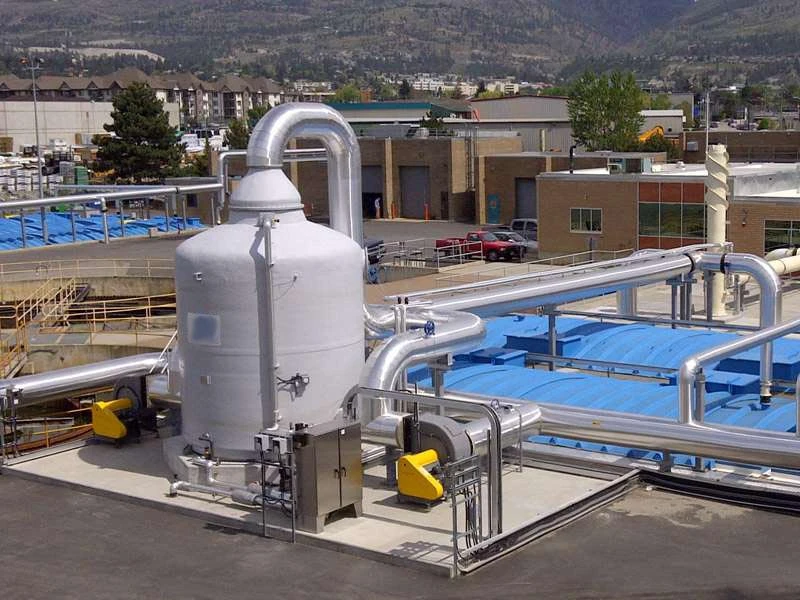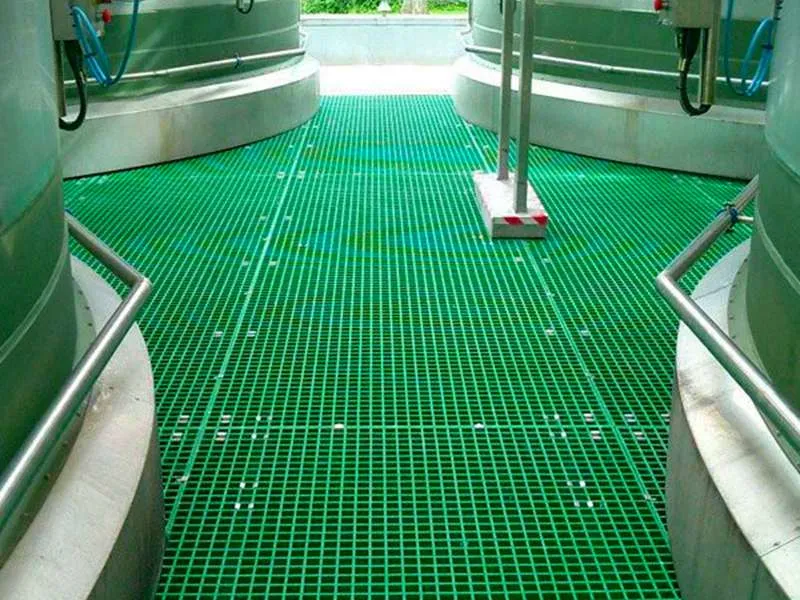
-
 Afrikaans
Afrikaans -
 Albanian
Albanian -
 Amharic
Amharic -
 Arabic
Arabic -
 Armenian
Armenian -
 Azerbaijani
Azerbaijani -
 Basque
Basque -
 Belarusian
Belarusian -
 Bengali
Bengali -
 Bosnian
Bosnian -
 Bulgarian
Bulgarian -
 Catalan
Catalan -
 Cebuano
Cebuano -
 China
China -
 China (Taiwan)
China (Taiwan) -
 Corsican
Corsican -
 Croatian
Croatian -
 Czech
Czech -
 Danish
Danish -
 Dutch
Dutch -
 English
English -
 Esperanto
Esperanto -
 Estonian
Estonian -
 Finnish
Finnish -
 French
French -
 Frisian
Frisian -
 Galician
Galician -
 Georgian
Georgian -
 German
German -
 Greek
Greek -
 Gujarati
Gujarati -
 Haitian Creole
Haitian Creole -
 hausa
hausa -
 hawaiian
hawaiian -
 Hebrew
Hebrew -
 Hindi
Hindi -
 Miao
Miao -
 Hungarian
Hungarian -
 Icelandic
Icelandic -
 igbo
igbo -
 Indonesian
Indonesian -
 irish
irish -
 Italian
Italian -
 Japanese
Japanese -
 Javanese
Javanese -
 Kannada
Kannada -
 kazakh
kazakh -
 Khmer
Khmer -
 Rwandese
Rwandese -
 Korean
Korean -
 Kurdish
Kurdish -
 Kyrgyz
Kyrgyz -
 Lao
Lao -
 Latin
Latin -
 Latvian
Latvian -
 Lithuanian
Lithuanian -
 Luxembourgish
Luxembourgish -
 Macedonian
Macedonian -
 Malgashi
Malgashi -
 Malay
Malay -
 Malayalam
Malayalam -
 Maltese
Maltese -
 Maori
Maori -
 Marathi
Marathi -
 Mongolian
Mongolian -
 Myanmar
Myanmar -
 Nepali
Nepali -
 Norwegian
Norwegian -
 Norwegian
Norwegian -
 Occitan
Occitan -
 Pashto
Pashto -
 Persian
Persian -
 Polish
Polish -
 Portuguese
Portuguese -
 Punjabi
Punjabi -
 Romanian
Romanian -
 Russian
Russian -
 Samoan
Samoan -
 Scottish Gaelic
Scottish Gaelic -
 Serbian
Serbian -
 Sesotho
Sesotho -
 Shona
Shona -
 Sindhi
Sindhi -
 Sinhala
Sinhala -
 Slovak
Slovak -
 Slovenian
Slovenian -
 Somali
Somali -
 Spanish
Spanish -
 Sundanese
Sundanese -
 Swahili
Swahili -
 Swedish
Swedish -
 Tagalog
Tagalog -
 Tajik
Tajik -
 Tamil
Tamil -
 Tatar
Tatar -
 Telugu
Telugu -
 Thai
Thai -
 Turkish
Turkish -
 Turkmen
Turkmen -
 Ukrainian
Ukrainian -
 Urdu
Urdu -
 Uighur
Uighur -
 Uzbek
Uzbek -
 Vietnamese
Vietnamese -
 Welsh
Welsh -
 Bantu
Bantu -
 Yiddish
Yiddish -
 Yoruba
Yoruba -
 Zulu
Zulu
Feb . 19, 2025 09:50
Back to list
Scrubbers
In the ever-evolving landscape of water treatment, the importance of reliable and efficient infrastructure cannot be overstated. Among the various components that play a pivotal role in desalination plants and other water treatment setups, FRP (Fiber Reinforced Plastic) desalination pipes and fittings have emerged as game-changers. With increasing global water scarcity, the demand for efficient desalination processes has never been higher. This article delves into the nuances of why FRP desalination pipes and fittings are indispensable for modern water treatment projects.
Authority in the industry is bolstered by the extensive track record of FRP systems. Many leading water treatment facilities worldwide have successfully implemented FRP infrastructure, reporting notable improvements in system reliability and water quality output. Additionally, third-party certifications and compliance with international standards further testify to the credibility and suitability of FRP materials in such critical applications. Trustworthiness in a product is not only about meeting expectations but also about providing peace of mind to stakeholders involved. FRP pipes and fittings have been through rigorous testing processes, ensuring that they withstand the wear and tear associated with desalination operations. The non-reactive nature of the materials used in FRP construction prevents any contamination of the water being processed, maintaining the integrity of the water treatment goals. For companies looking to invest in durable and efficient desalination infrastructure, the environmental benefits of opting for FRP cannot be ignored. Unlike steel and concrete, which have significant carbon footprints, the manufacturing process of FRP is considerably greener. The longevity and durability of FRP further reduce the need for frequent replacements, contributing to sustainable development goals. In conclusion, as the demand for desalinated water continues to rise, leveraging advanced materials like FRP desalination pipes and fittings becomes imperative. These components not only deliver on the promise of durability and efficiency but also contribute to the broader objectives of environmental sustainability and resource management. For water treatment facilities aiming to position themselves at the forefront of innovation and effectiveness, FRP offers a proven pathway forward, combining the best of engineering prowess and sustainable practices.


Authority in the industry is bolstered by the extensive track record of FRP systems. Many leading water treatment facilities worldwide have successfully implemented FRP infrastructure, reporting notable improvements in system reliability and water quality output. Additionally, third-party certifications and compliance with international standards further testify to the credibility and suitability of FRP materials in such critical applications. Trustworthiness in a product is not only about meeting expectations but also about providing peace of mind to stakeholders involved. FRP pipes and fittings have been through rigorous testing processes, ensuring that they withstand the wear and tear associated with desalination operations. The non-reactive nature of the materials used in FRP construction prevents any contamination of the water being processed, maintaining the integrity of the water treatment goals. For companies looking to invest in durable and efficient desalination infrastructure, the environmental benefits of opting for FRP cannot be ignored. Unlike steel and concrete, which have significant carbon footprints, the manufacturing process of FRP is considerably greener. The longevity and durability of FRP further reduce the need for frequent replacements, contributing to sustainable development goals. In conclusion, as the demand for desalinated water continues to rise, leveraging advanced materials like FRP desalination pipes and fittings becomes imperative. These components not only deliver on the promise of durability and efficiency but also contribute to the broader objectives of environmental sustainability and resource management. For water treatment facilities aiming to position themselves at the forefront of innovation and effectiveness, FRP offers a proven pathway forward, combining the best of engineering prowess and sustainable practices.
Next:
Related Products









